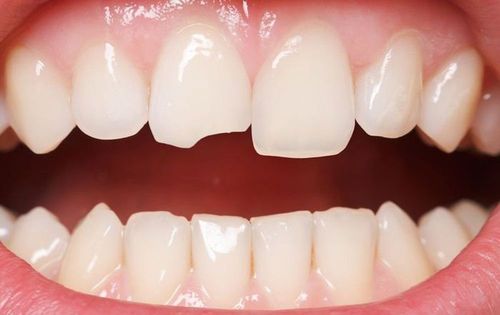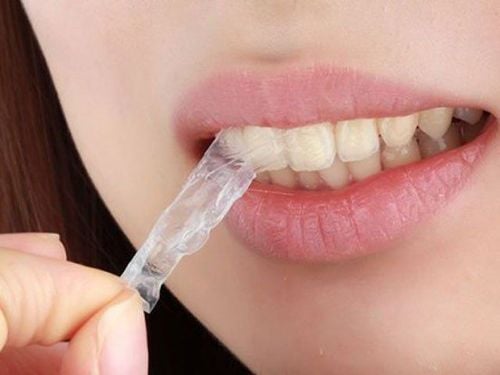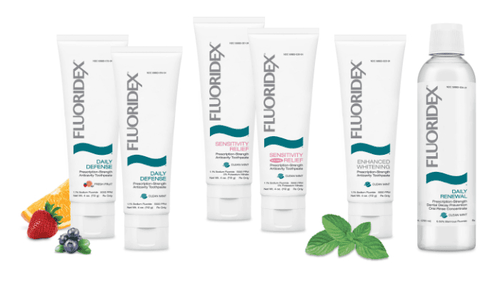This is an automatically translated article.
Dental bonding is a relatively simple method of dental treatment, helping to restore damage to teeth and prevent invasion from chemicals and bacteria that adversely affect tooth enamel. In some cases, it is necessary to perform dental fillings such as: tooth decay, tooth trauma, tooth root wear, gaping teeth,...1. What is dental welding?
Dental fillings, also known as fillings, are techniques that use filling materials to fill in gaps and fill in missing tooth tissue caused by tooth decay. Restores the original shape and size of the tooth, while also helping to restore the function of the tooth. Besides, there is no need to grind the pulp or crown, so it does not affect the structure of the teeth.2. Types of dental filling materials
Dental bonding is a commonly performed dental procedure due to its simple and painless technique. Currently, there are many different types of materials used to seal teeth. Depending on the patient's condition, the appropriate material will be selected. Some common types of dental filling materials are:2.1 Filling with Cement - Silicate Cement This is a material that has been around for a long time with the advantage of being easy to use and has a color quite similar to real teeth. As a hydrophilic material, quick action should be used to seal teeth in difficult positions to isolate saliva and to seal children's teeth in case the child does not cooperate.
Fluoride-releasing materials are substances that help organize teeth hard against tooth decay. However, this material is fragile, wears out quickly, has few colors to choose from, and does not create the desired tooth shape.
2.2 Filling teeth with Amalgam Amalgam is a material made from a mixture of metal elements such as mercury, zinc, silver, copper,... This material is easy to use, has good bearing capacity, so it is often used. Used to fill large cavities. Or used to fill teeth whose main chewing function is damaged.
However, the aesthetics of Amalgam materials are not high. Therefore, this material is often used to fill teeth in an invisible position. In addition, this material also has the ability to conduct heat and conduct electricity. Therefore, the ability to sense the taste of food will be reduced.
2.3 Porcelain filling is a material with hard nature and transparent color, so it is suitable for filling incisors. However, the disadvantage of porcelain is that it is brittle, so it is easy to break. Therefore, care must be taken during use.
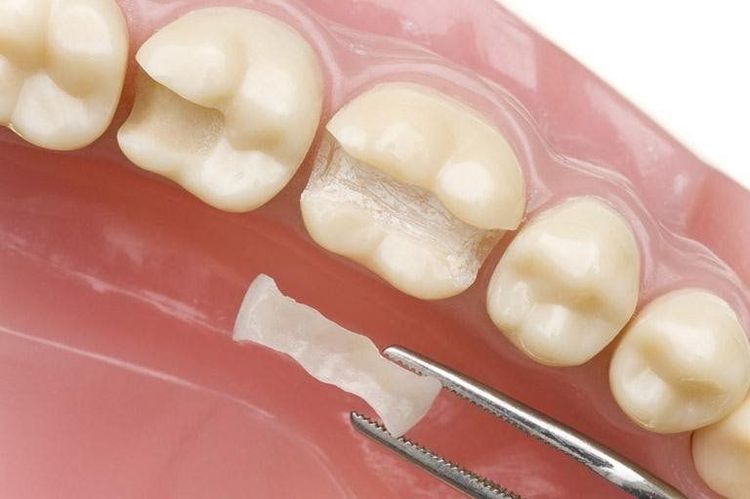
Hàn răng là thủ thuật nha khoa được thực hiện phổ biến do kỹ thuật đơn giản và không gây đau
2.5 Metal The metal used is a titanium or gold compound that has good compatibility with teeth and the oral environment. This material is wear-resistant and strong, so it is only used for molars. Because it is made at the dental workshop, the filling has a tight edge, especially the gold material, limiting tooth decay later on. However, the color is different from the tooth color, so it is not aesthetic, the technique is more complicated.
The choice of filling materials depends on specific cases. Cosmetic dentistry cases often use composite, because it has high aesthetics and has the same color as real teeth, which can be used to cover defects of tooth enamel. For normal dental fillings, silver, amalgam, porcelain, metal fillings will be used,... Materials with low aesthetic value will be used to seal hard-to-see teeth such as molars.
3. In which cases need dental fillings?
Cases that need dental fillings include:Cavities: The deep holes in the teeth caused by chiseled bacteria have the ability to destroy the tooth pulp and spread to other teeth. To avoid this situation, clean the cavity of the tooth that is decayed. Combining dental fillings with appropriate dental materials is the most optimal method. Wear: If you brush your teeth too hard with a hard-bristled brush, the enamel at the neck will be gradually worn away, which will expose the dentin layer. Teeth will become very sensitive to hot or cold foods, sometimes causing tooth sensitivity. Injured teeth: Unexpected accidents cause teeth to chip, break or break and are no longer as strong as before. Therefore, the function of the teeth is also reduced. After filling, the tooth will be restored to its original shape. Ensure good performance of chewing and biting functions as well as aesthetics of teeth. Aesthetic defects of teeth: Teeth can have congenital defects. For example, the gap between the teeth is too wide, the gap between the teeth, or the teeth are impacted by external factors, causing the teeth to become discolored. Composite filling materials are the best choice to help overcome the aesthetic needs of the teeth.
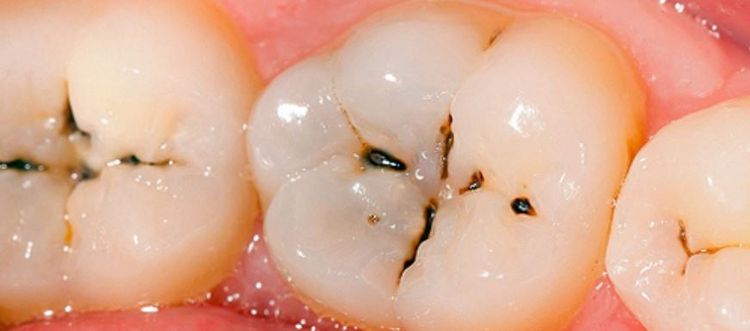
Tránh trường hợp lỗ sâu phá hoại tủy răng và lây lan sang răng khác, nha sĩ sẽ làm sạch lỗ sâu và kết hợp hàn răng
In summary, dental fillings are a relatively simple method of dental treatment, helping to restore tooth damage and prevent invasion from chemicals and bacteria that adversely affect tooth enamel. Cases such as tooth decay, tooth root wear, tooth trauma, tooth defects, ... need to be filled with teeth to prevent more serious complications and increase the aesthetics of the mouth.
Please dial HOTLINE for more information or register for an appointment HERE. Download MyVinmec app to make appointments faster and to manage your bookings easily.
SEE MORECavities in children: Easy to catch, difficult to treat Why are teeth sensitive? If you have tooth decay, you should cover your teeth with porcelain or dental fillings?




